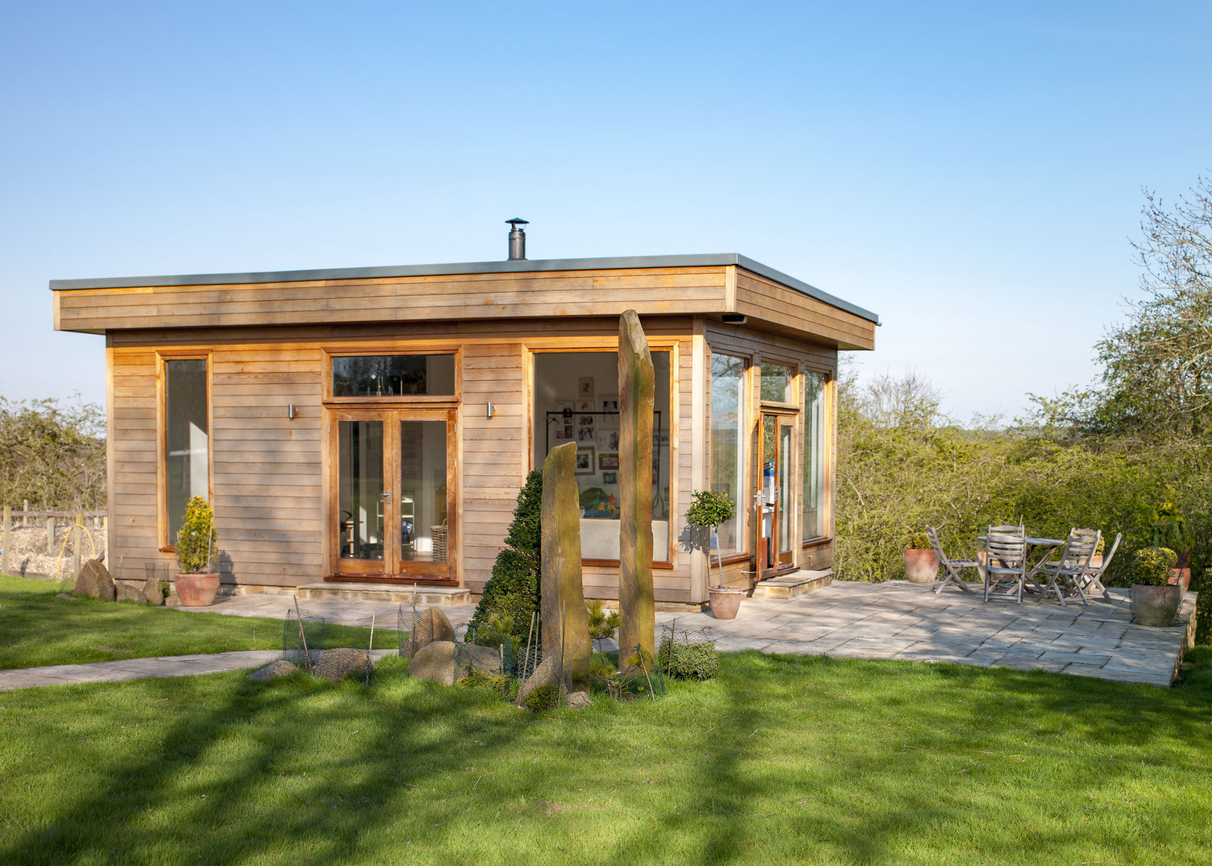Having a safe and secure environment is crucial when you have a little one roaming around. Babyproofing your home is an essential step in protecting your child from potential hazards. In this comprehensive guide, we will explore the various measures needed to ensure your home is baby-friendly and accident-free. If you start searching the options below, you can find the best deals for you.
A Comprehensive Guide to Home Safety
When it comes to babyproofing your home, it’s important to take a systematic approach. Start by assessing the risks lurking in every corner of your house. This will help you identify potential hazards and take appropriate measures to mitigate them.
Exploring the Risks Lurking in Your Home
Walk through each room and pay close attention to details such as sharp edges, unstable furniture, and exposed electrical outlets. Look for potential choking hazards, such as small objects or loose cords. By being thorough in your assessment, you can create a safer environment for your little one.
Take a moment to imagine the world from your child’s perspective. Get down on all fours and see what catches their attention. Are there any low-hanging cords or tempting objects within reach? By seeing things from their point of view, you can better understand the potential dangers that may not be immediately obvious to an adult.
Creating a Safe Environment for Your Family
Once you have identified the potential risks, it’s time to take action. Install safety gates to prevent access to stairs or other hazardous areas. Cover electrical outlets with outlet covers or safety plugs to keep curious fingers away. Use corner protectors on furniture with sharp edges to minimize the risk of injury.
Consider organizing your home in a way that promotes safety. Store cleaning supplies and other hazardous materials in locked cabinets or high shelves, out of your child’s reach. Keep small objects, like coins or buttons, out of their sight and reach as well. By creating a well-organized and clutter-free space, you can reduce the chances of accidents occurring.
Beyond Childproofing: Ensuring Furniture Safety
In addition to babyproofing, it’s essential to ensure furniture safety. Avoid placing cribs or beds near windows or blinds with accessible cords that pose a strangulation hazard. Keep heavy objects, such as TVs or lamps, away from the edges of tables or shelves where your child could potentially pull them down.
Consider investing in furniture with rounded corners and stable designs to minimize the risk of injuries. Look for products that meet safety standards and have been tested for durability. Remember to always follow the manufacturer’s instructions when assembling or installing furniture to ensure it is done correctly and securely.
Lastly, it’s crucial to stay informed about product recalls and safety alerts. Regularly check the Consumer Product Safety Commission (CPSC) website for any updates or recalls related to furniture or other household items. By staying proactive and knowledgeable, you can provide a safe and secure environment for your family.
Electrical Safety Measures You Need to Know
Start by covering all accessible electrical outlets with safety plugs or outlet covers. Keep cords out of reach by using cord shorteners or hiding them behind furniture. If possible, use cordless window coverings to eliminate the risk of strangulation. Consider installing electrical outlet covers with built-in reset buttons. These covers will automatically cut off power in the event of an electrical overload or short circuit, minimizing the risk of electric shock.
Tips for Childproofing High-Risk Areas
In the kitchen, secure cabinets with cabinet locks to prevent access to cleaning supplies and knives. Keep sharp objects, such as knives and scissors, in locked drawers or out of your child’s reach. In the bathroom, use non-slip mats in the bathtub and place a rubber cover over the faucet to prevent injuries. Store all medications and cleaning products in locked cabinets or higher shelves.
Window Safety Tips Every Parent Should Know
Install window guards or window stops to limit the opening width and prevent your child from falling out. Keep furniture away from windows to prevent climbing accidents. Ensure that blind cords are always out of reach by using cord winders or loop devices.
Childproofing Strategies for Tiny Objects
Regularly inspect your home for small objects that could pose a choking hazard. Keep small items such as coins, buttons, or batteries out of reach. Avoid giving young children toys with small parts that they could potentially swallow. Additionally, encourage your child to sit down and eat in a calm and supervised environment to minimize the risk of choking on food. By being vigilant and cautious, you can greatly reduce the likelihood of choking incidents.
Designing Play Areas for Maximum Safety
Create designated play areas that are free from hazards, such as sharp corners or unstable furniture. Use padded mats or rugs to cushion falls and make sure play equipment is appropriate for your child’s age and abilities. Regularly inspect toys for broken or loose parts and follow the recommended age guidelines. Teach your child to clean up after playtime to prevent tripping hazards and ensure a safe environment.
Identifying Child-Friendly Plants for Your Household
Some indoor and outdoor plants can be toxic if ingested by children or pets. Research child-friendly plant options and consider replacing any potentially harmful plants in your home. Ensure that cleaning products, pesticides, and insecticides used are safe for children. By implementing these green safety practices, you can provide a healthier living space for your family, minimizing the risk of accidental poisoning or allergic reactions.
















